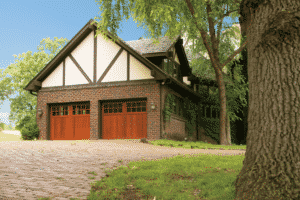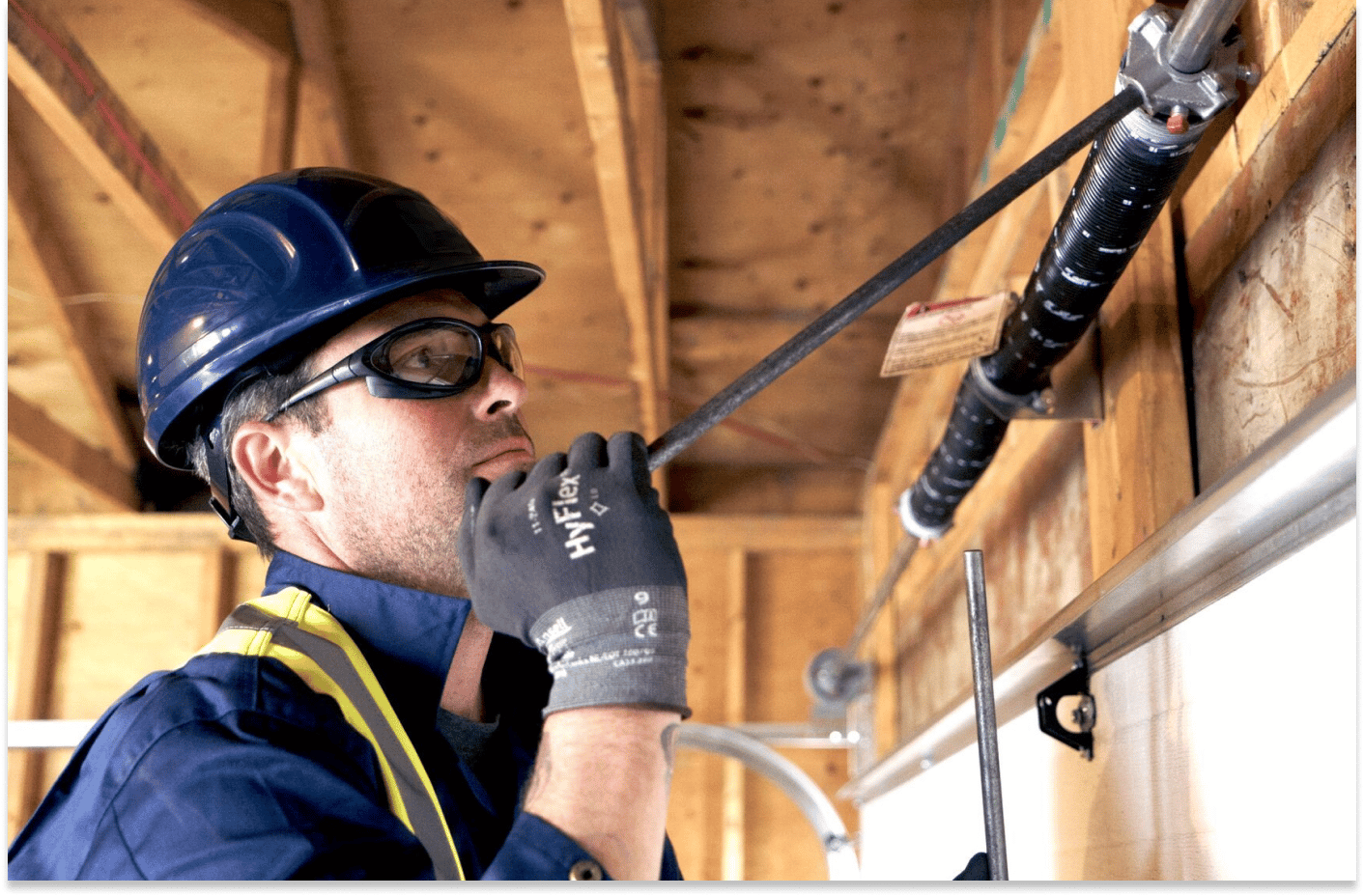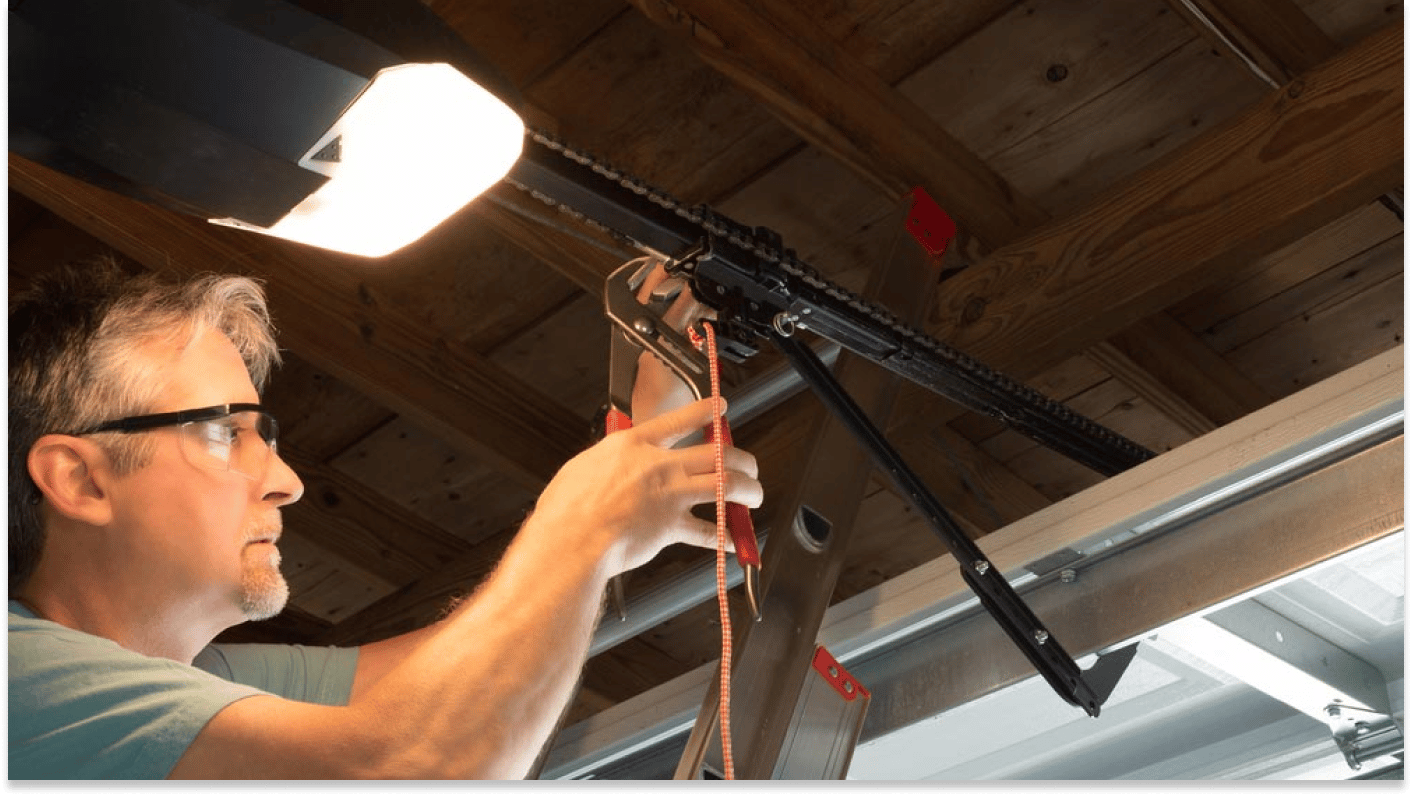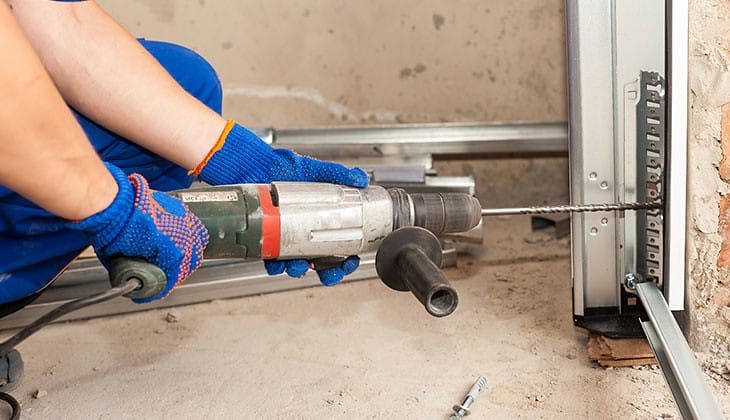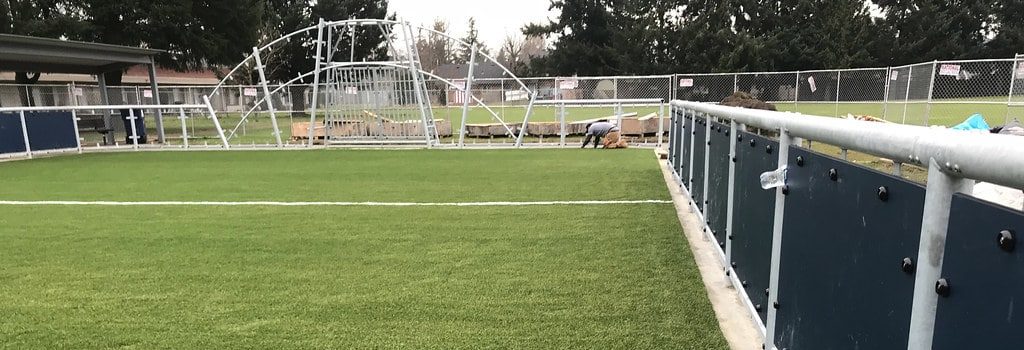Garage doors are an essential part of any home, providing security and convenience for homeowners. They protect your vehicles and other stored items from theft and weather elements. However, like any mechanical system, garage doors are prone to wear and tear, and one of the most common issues that homeowners face is garage door spring repair. A broken or malfunctioning garage door spring can render your garage door useless, leaving you stranded and frustrated.
In this guide, we will discuss everything you need to know about garage door spring repair, including common causes, signs of a broken spring, and steps to take for repair. Whether you are a homeowner in Fishers, Indiana, or Spring, Texas, this guide will provide you with the necessary information to handle garage door spring repair effectively. We will also provide tips on how to maintain your garage door springs to prolong their lifespan and prevent unexpected breakdowns.
Understanding Garage Door Springs
Before we dive into the details of garage door spring repair, it is essential to understand the role of garage door springs in the functioning of your garage door. Garage door springs are responsible for counterbalancing the weight of the garage door, making it easier to open and close. They work by storing mechanical energy when the door is closed and releasing it when the door is opened. There are two types of garage door springs: torsion springs and extension springs.
Torsion Springs
Torsion springs are located above the garage door and are attached to a metal shaft. When the garage door is closed, the torsion springs are under tension, and when the door is opened, the springs unwind to help lift the door. Torsion springs are typically used for heavier garage doors and are known for their durability and longevity. They are designed to handle more weight and last longer than extension springs, making them a popular choice for many homeowners.
Torsion springs are also safer than extension springs because they are contained on a shaft, which means that if the spring breaks, it won’t fly off and cause injury or damage. However, torsion springs are more expensive and require more skill to install and repair, which is why it’s often recommended to hire a professional for this task.
Extension Springs
Extension springs are located on either side of the garage door and are attached to the track. These springs stretch and contract to help lift and lower the garage door. Extension springs are commonly used for lighter garage doors and have a shorter lifespan compared to torsion springs. They are more affordable and easier to install than torsion springs, making them a popular choice for homeowners on a budget.
However, extension springs are not as safe as torsion springs. When an extension spring breaks, it can fly off and cause injury or damage. To mitigate this risk, it’s recommended to install safety cables that can contain the spring if it breaks.
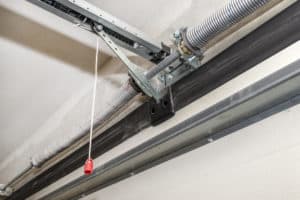
Common Causes of Garage Door Spring Damage
Garage door springs are under a lot of tension and can break due to various reasons. Some of the most common causes of garage door spring damage include:
- Wear and tear: As with any mechanical system, garage door springs can wear out over time due to regular use. The average lifespan of a garage door spring is around 10,000 cycles, which translates to about 7-9 years for the average household. However, this lifespan can be shorter or longer depending on how often you use your garage door and how well you maintain it.
- Rust and corrosion: Exposure to moisture and harsh weather conditions can cause rust and corrosion on garage door springs, weakening them and making them more prone to breaking. Rust can eat away at the metal, reducing the spring’s strength and causing it to break prematurely. To prevent rust and corrosion, it’s important to regularly clean and lubricate your garage door springs.
- Poor maintenance: Lack of proper maintenance, such as lubrication, can cause friction and wear on the springs, leading to damage. Regular maintenance can help prolong the lifespan of your garage door springs and prevent unexpected breakdowns. This includes cleaning, lubricating, and inspecting the springs for signs of wear and tear.
- Incorrect spring size: Using the wrong size or type of spring for your garage door can put unnecessary strain on the springs, causing them to break. It’s important to use the right type and size of spring for your garage door to ensure its proper functioning and longevity.
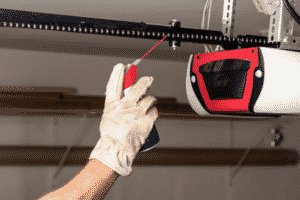
Signs of a Broken Garage Door Spring
It is essential to be aware of the signs of a broken garage door spring so that you can address the issue promptly. Ignoring these signs can lead to further damage and potential safety hazards. Some common signs of a broken garage door spring include:
- The garage door is difficult to open or close: If you notice that your garage door is suddenly heavier and requires more effort to open or close, it could be a sign of a broken spring. The springs are responsible for counterbalancing the weight of the door, so if one or both of them are broken, the door will be harder to lift.
- The garage door is crooked: A broken spring can cause one side of the garage door to be higher than the other, making the door appear crooked. This is because the broken spring is not able to counterbalance the weight of the door on its side, causing the door to lift unevenly.
- Loud noise: A loud bang or popping sound when opening or closing the garage door can indicate a broken spring. This noise is caused by the sudden release of tension when the spring breaks.
- Visible damage: In some cases, you may be able to see visible damage on the spring, such as a gap or a break. If you notice any visible signs of damage, it’s important to call a professional for repair as soon as possible.
If you notice any of these signs, it is crucial to stop using your garage door immediately and call a professional for repair. Continuing to use a garage door with a broken spring can cause further damage and pose a safety risk.
Choosing a Professional for Garage Door Spring Repair
When it comes to garage door spring repair, it is crucial to choose a reputable and experienced professional. A professional can ensure that the repair is done safely and correctly, preventing further damage and potential safety hazards. Here are some tips to help you choose the right professional for your garage door spring repair:
- Ask for recommendations: Reach out to friends and family who have recently had their garage door springs repaired and ask for recommendations. Personal recommendations can be a reliable way to find a trustworthy professional.
- Research online: Look for reviews and ratings of local garage door repair companies to get an idea of their reputation and quality of service. Websites like Yelp, Google, and the Better Business Bureau can provide valuable information about the company’s professionalism, reliability, and customer service.
- Check for certifications and insurance: Make sure the company you choose has the necessary certifications and insurance to protect you and your property in case of any accidents. A reputable company should be licensed, insured, and bonded.
- Get multiple quotes: It is always a good idea to get quotes from multiple companies to compare prices and services. Be wary of quotes that seem too good to be true, as they may be hiding additional costs or providing subpar service.
Preventing Garage Door Spring Damage
While garage door springs are bound to wear out over time, there are some steps you can take to prolong their lifespan and prevent damage. These include:
- Regular maintenance: Make sure to lubricate your garage door springs and other moving parts at least once a year to reduce friction and wear. Regular maintenance can also help you spot signs of wear and tear early, allowing you to address them before they lead to a broken spring.
- Balance the garage door: An unbalanced garage door can put unnecessary strain on the springs, causing them to wear out faster. Make sure to check the balance of your garage door regularly and adjust it if needed. You can do this by disconnecting the garage door opener and manually lifting the door halfway. If the door stays in place, it’s balanced. If it falls or rises, it’s unbalanced and needs adjustment.
- Replace both springs: If one spring breaks, it is recommended to replace both springs at the same time, even if the other one is still functioning. This will ensure that both springs have the same lifespan and prevent uneven wear. Replacing both springs can also save you time and money in the long run, as you won’t have to pay for another service call when the second spring breaks.
Conclusion
Garage door spring repair is a common issue that homeowners face, and it is essential to address it promptly to avoid inconvenience and potential safety hazards. By understanding the role of garage door springs, common causes of damage, and signs of a broken spring, you can take the necessary steps for repair. Whether you choose to repair the springs yourself or hire a professional, make sure to prioritize safety and choose a reputable company for the job. With proper maintenance and care, you can prolong the lifespan of your garage door springs and prevent unexpected breakdowns. Remember, a well-maintained garage door is not only safer but also more reliable and longer-lasting.
